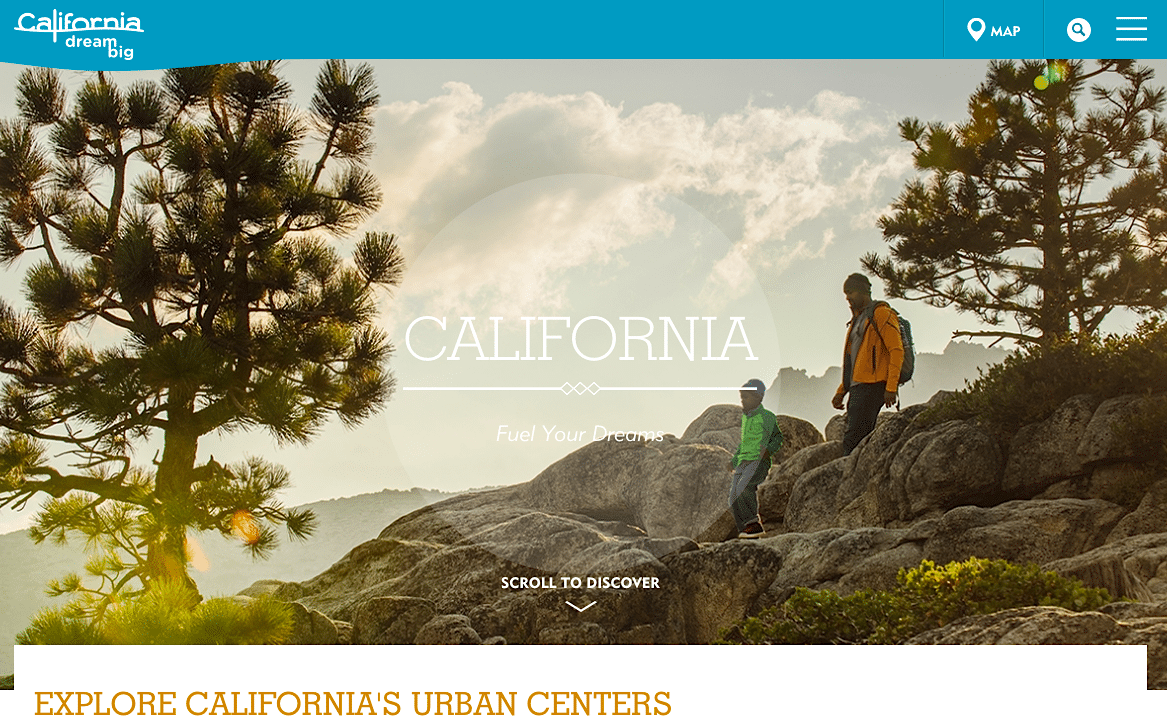How California Doubled Its Tourism Budget to More Than $100 Million

Skift Take
Although the jump in funding will help Visit California embark on more ambitious marketing projects in more markets, the amount of time and procedure it took to make it happen highlights the achilles heel of the destination marketing industry.
Visit California will double its annual budget from $50 million to more than $100 million in 2015, the tourism board's CEO Caroline Beteta announced last week.
The significant jump will come as a result of increased assessments levied on hotels, restaurants, rental cars and attractions. Assessments are a small percentage taken from travel- and tourism-related transactions.
The new budget is the result of a years-long process known as the Dream Big Dividend.
The process, led by the Visit California Board of Directors, culminated in a December vote in which 75 percent of 9,500 participa
